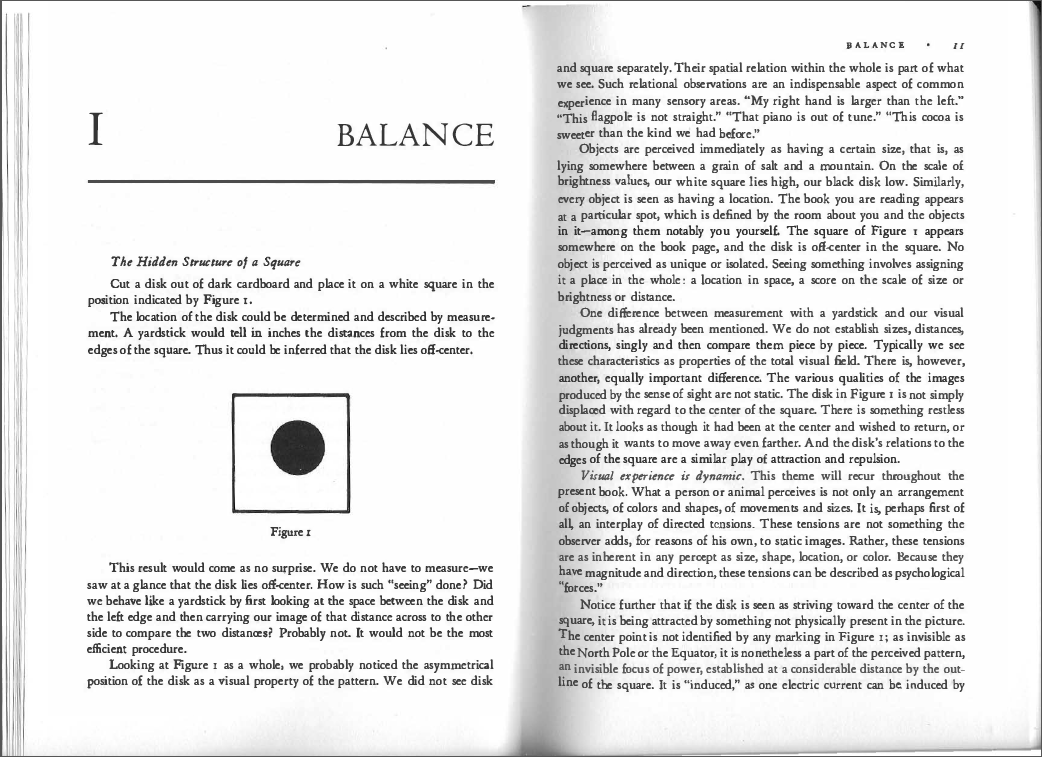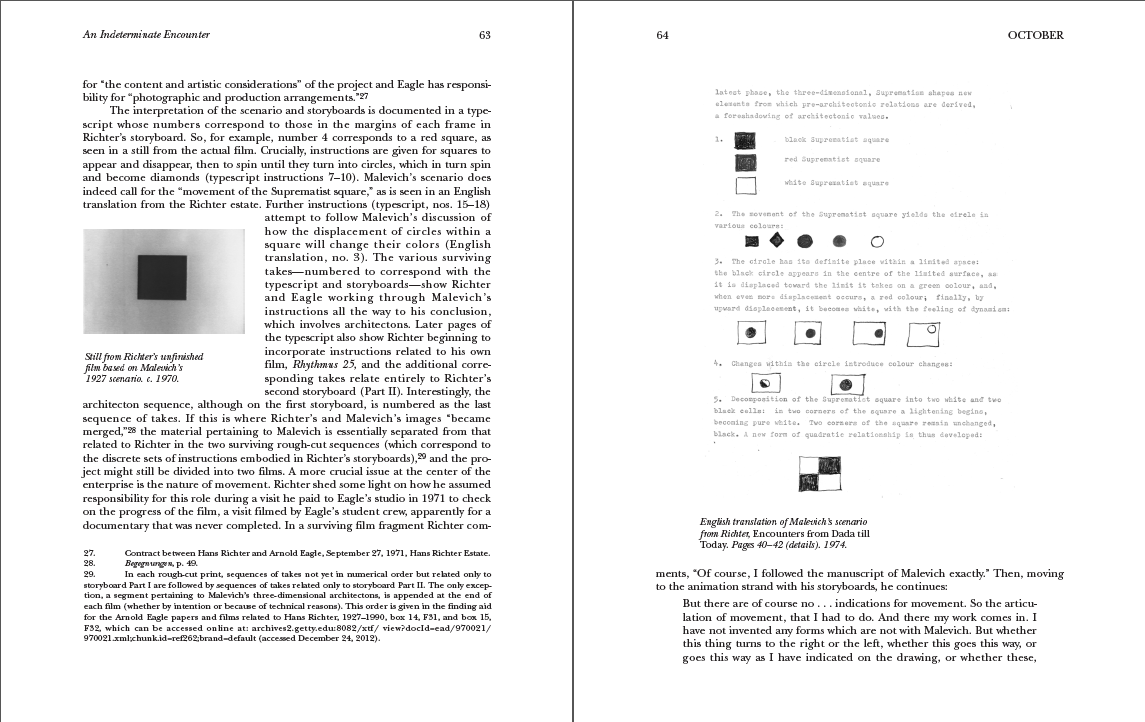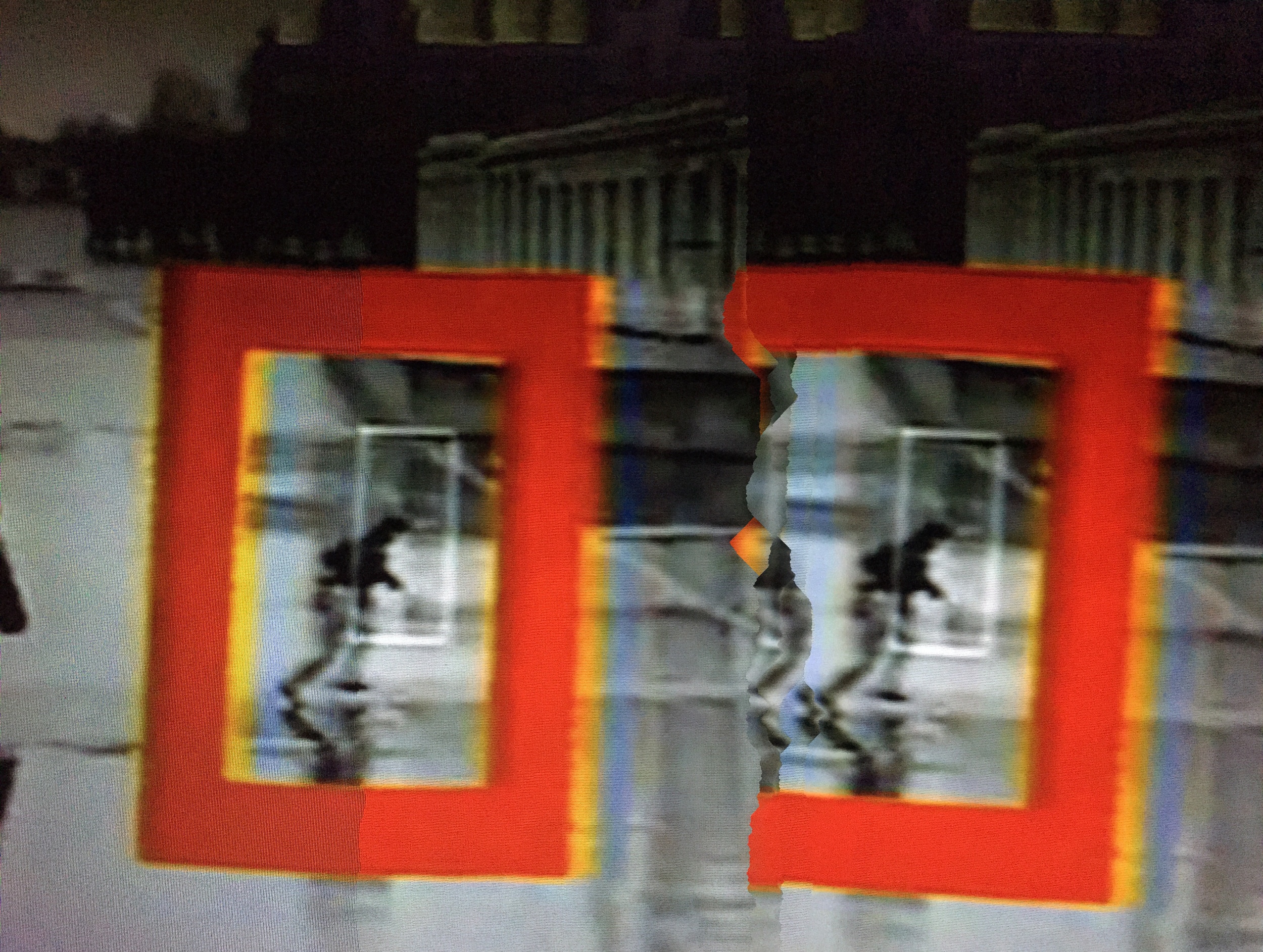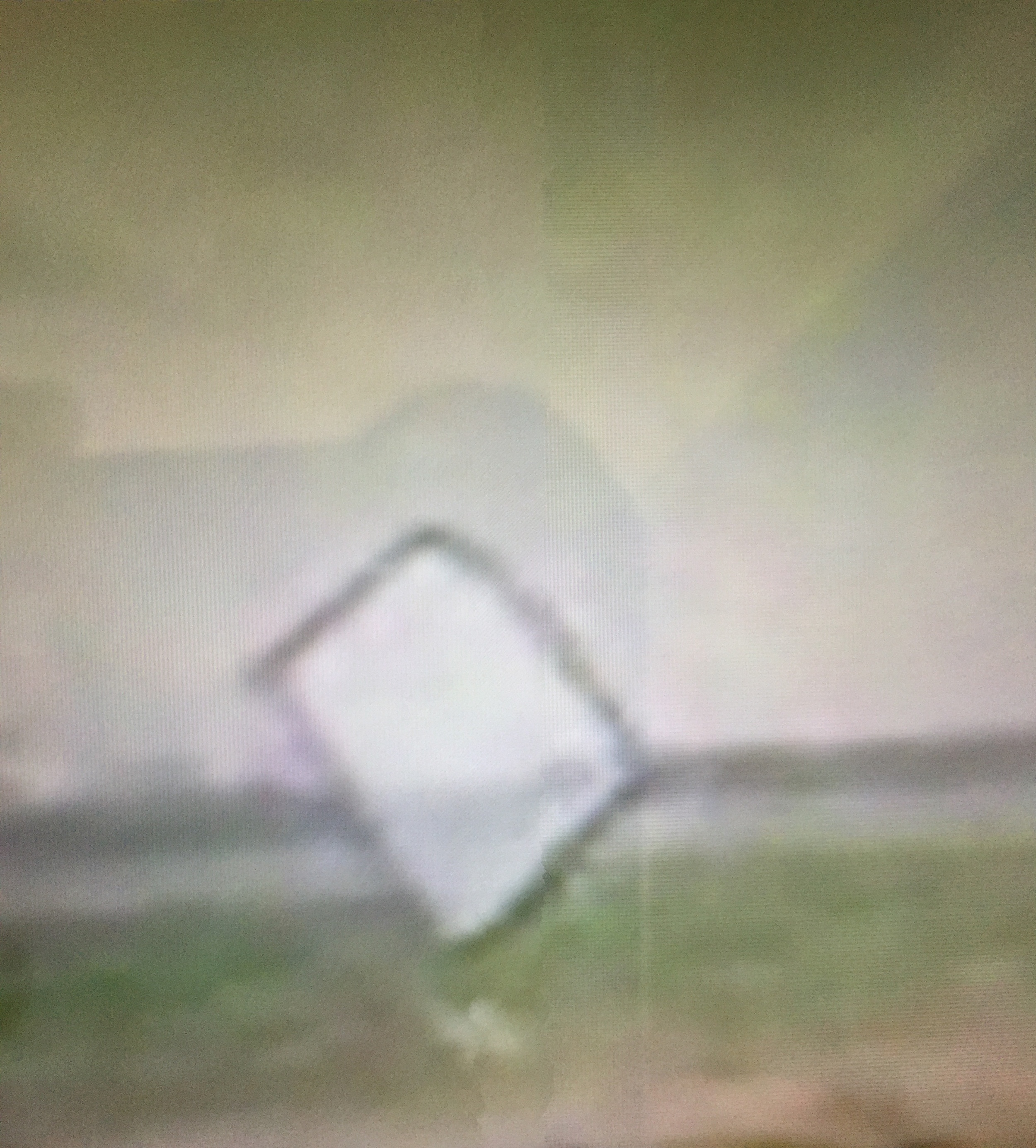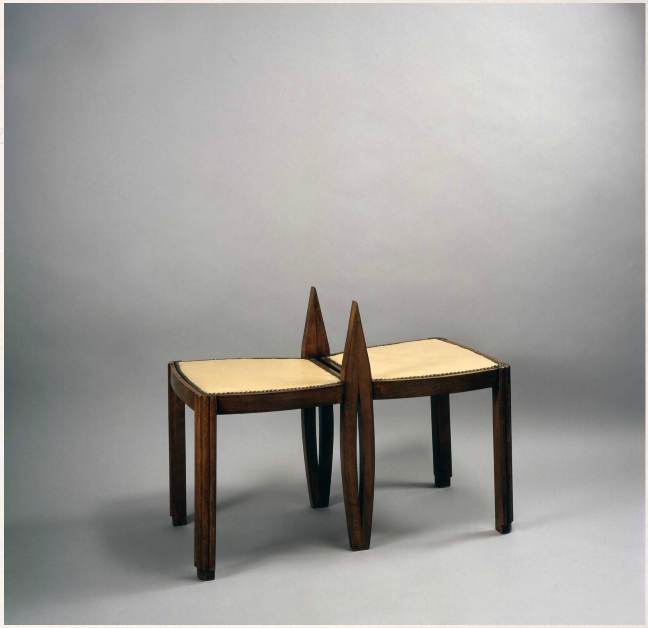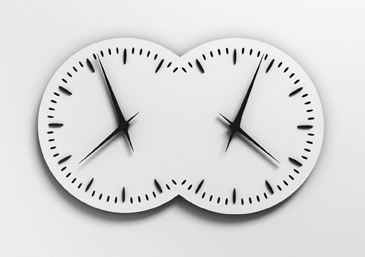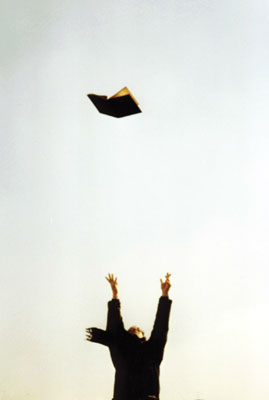thenewinquiry.com
- View Original
- March 21st, 2016

The history of sabotage is the history of capitalism unmaking itself
And if linesmen make connections, can’t you make dis-connections? —Guy Bowman to telephone company workers, The Syndicalist, 1913
"In extending productivity measures to the person as a whole, whereby the self becomes a site of work not only for the labor of self-reproduction but also a project and product to be optimized, biometrically tuned, and circulated as image, the idea of sabotage receives its final twist: that of “self-sabotage,” a buzzword stalking the blasted earth of self-help rhetoric. As in, “3 Steps to Stop Sabotaging Yourself”: “Do you have a talent for self-sabotage? (Sure, you’re on a diet, but another doughnut won’t kill you, right?)” From the same article: “When your animal and computer selves are after the same goal, the two-beings-in-one arrangement works wonderfully. Say you’re a morning person and you work the morning shift. No problema! You know broccoli is good for you, and you love broccoli. Hooray! But when your computer self tries to force your animal self to do something it doesn’t inherently enjoy, you run into trouble. Self-sabotaging trouble, to be exact. In fact, self-sabotaging is almost always your animal self rebelling against not-so-much-fun conditions imposed by your computer self. The computer self builds a sort of cage of obligations and beliefs. Bad habits are your animal self’s attempt to ease its distress while living in that cage…” Or: “Why ‘self-sabotage could be ruining your career.” This belies more than the well-known shift of value production away from a clearly delineated working day. It also suggests that the slow dissemination of sabotage, as a concept, has itself tracked along shifts in the organization not only of capitalism itself but also of its self-narratives, roaming out from industrial waged work as central source of productivity to military contestations over access to territory and energy resource to corporate and office culture to the global subject of flexible accumulation."
